10 GPTs for Rendering Powered by AI for Free of 2025
AI GPTs for Rendering refer to specialized Generative Pre-trained Transformers tailored for tasks in the rendering domain, encompassing both 2D and 3D graphics generation and manipulation. These tools leverage advanced AI algorithms to understand and process rendering-related tasks, offering solutions that range from image synthesis to complex scene rendering. By integrating GPTs, users can access a wide array of functionalities designed to enhance efficiency and creativity in graphics projects, making these tools invaluable for professionals and enthusiasts alike.
Top 10 GPTs for Rendering are: 产品设计小能手,Blender,Blender Copilot,Cinema4D Guru,Blender 3D Assistant,阿旺老師的blender 3d 小助教,Blender 質問箱,Bender,PC Bud,Blender Professional
产品设计小能手
Streamline design with AI-driven precision.

Blender
AI-powered 3D creation suite for everyone.

Blender Copilot
Blender Copilot: Your AI-powered Blender assistant.

Cinema4D Guru
AI-powered Cinema4D assistant for creators.
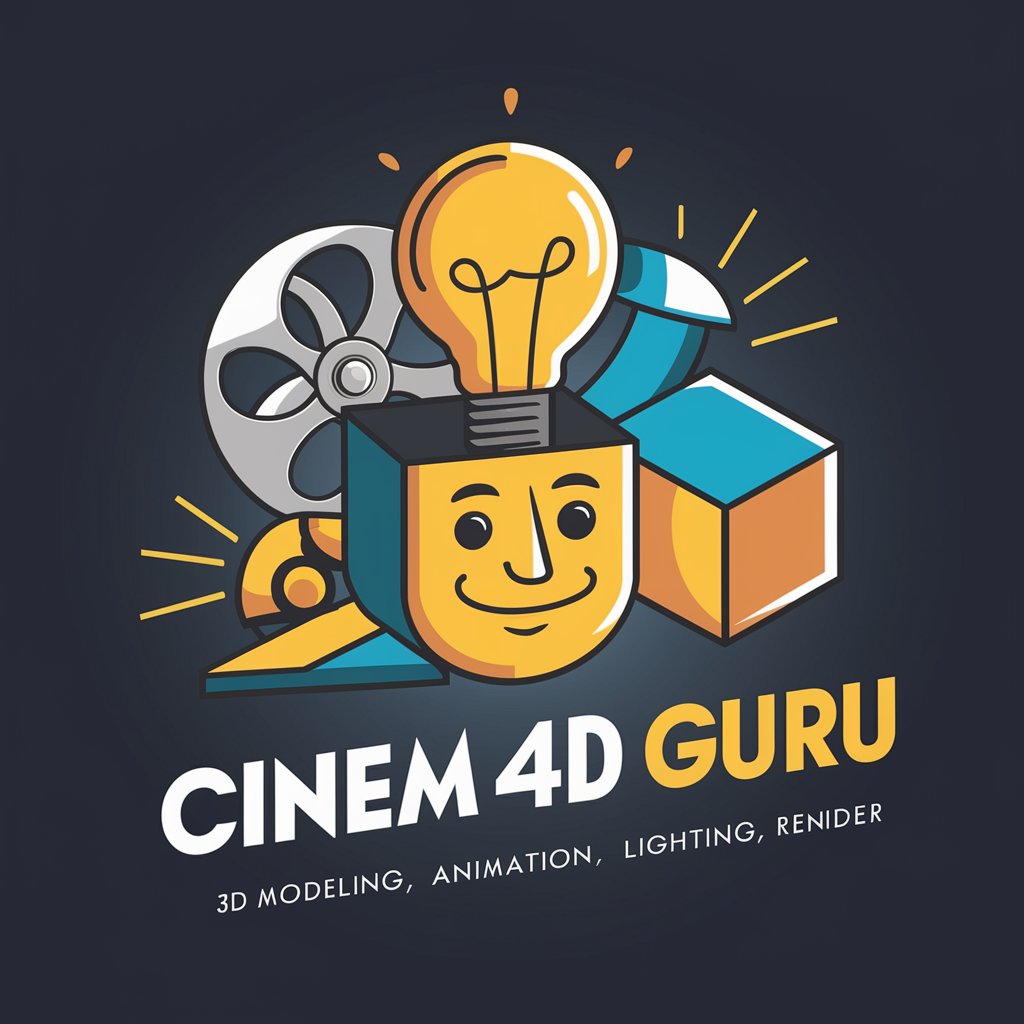
Blender 3D Assistant
Elevate Your 3D Projects with AI
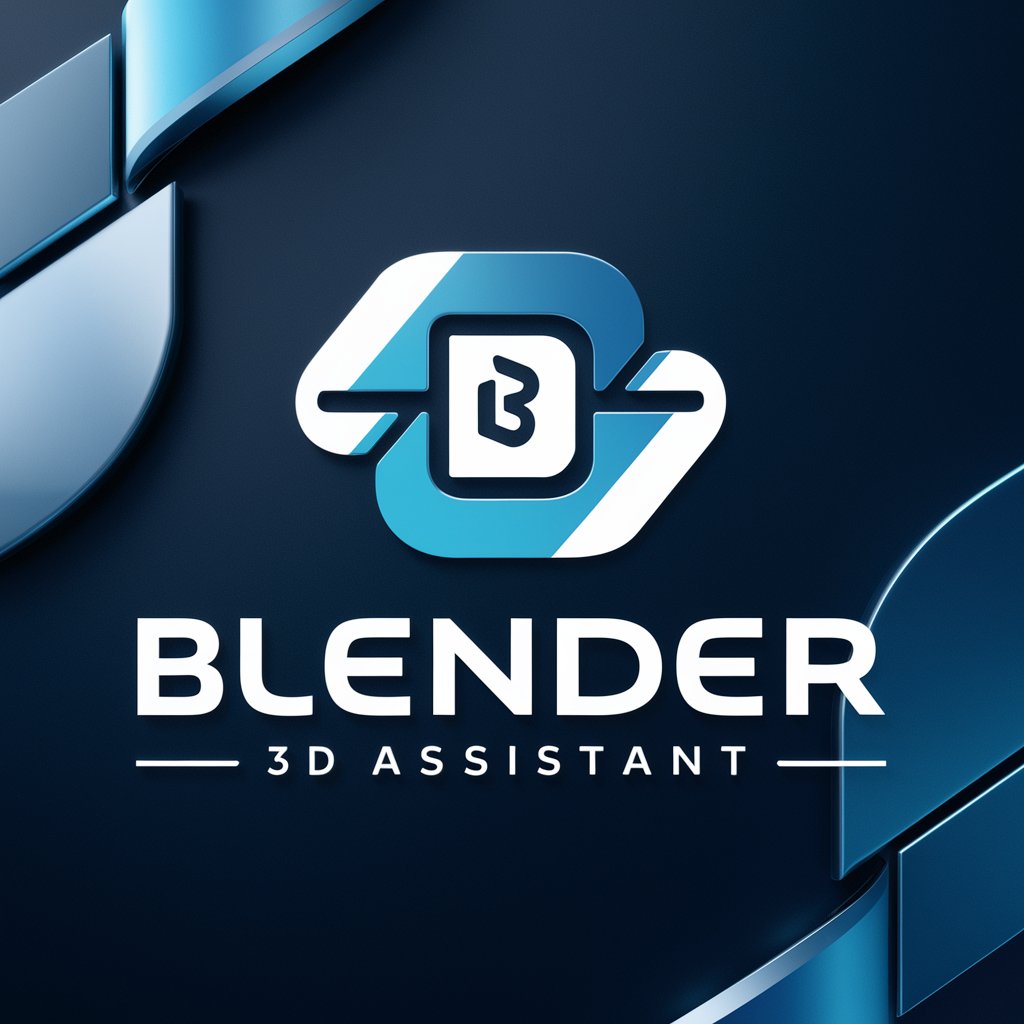
阿旺老師的blender 3d 小助教
Empowering creativity with AI in Blender
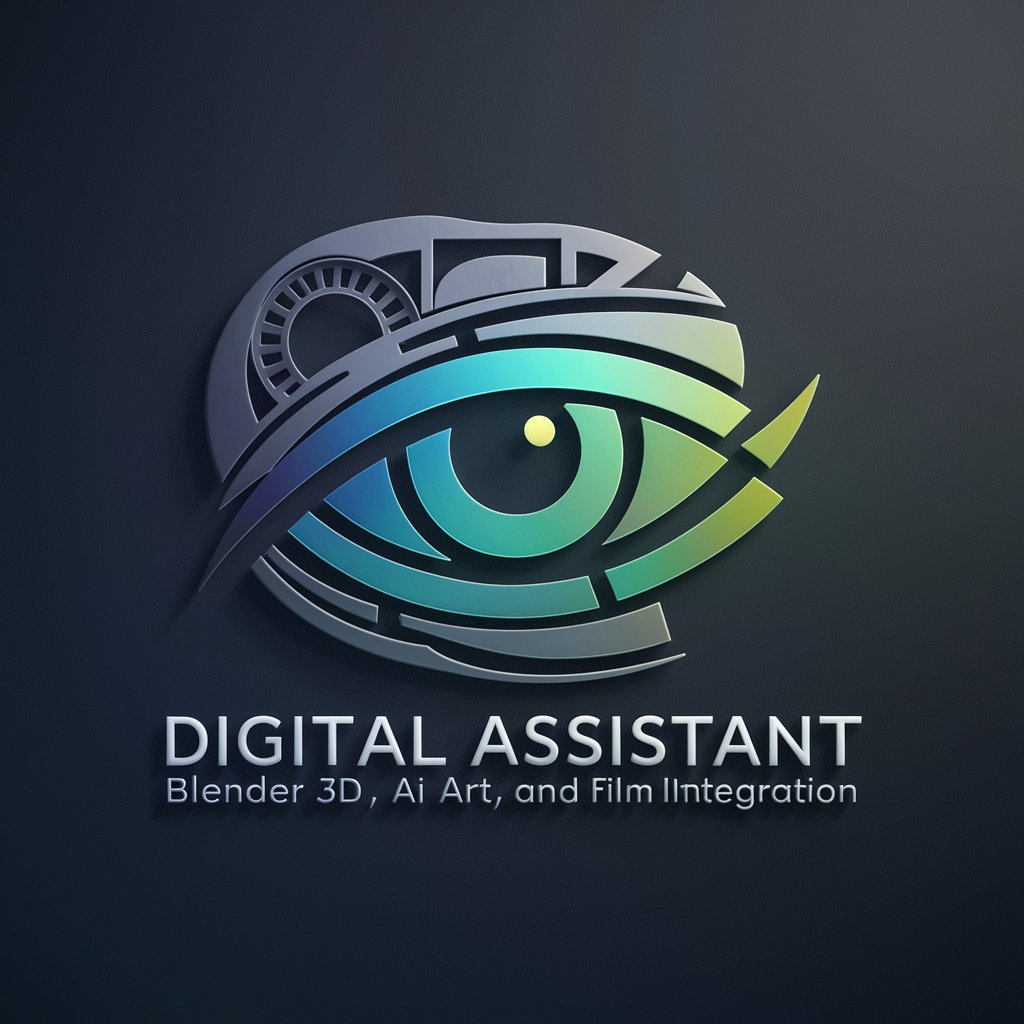
Blender 質問箱
AI-powered Blender Guidance for All Levels

Bender
Elevate Your Blender Projects with AI
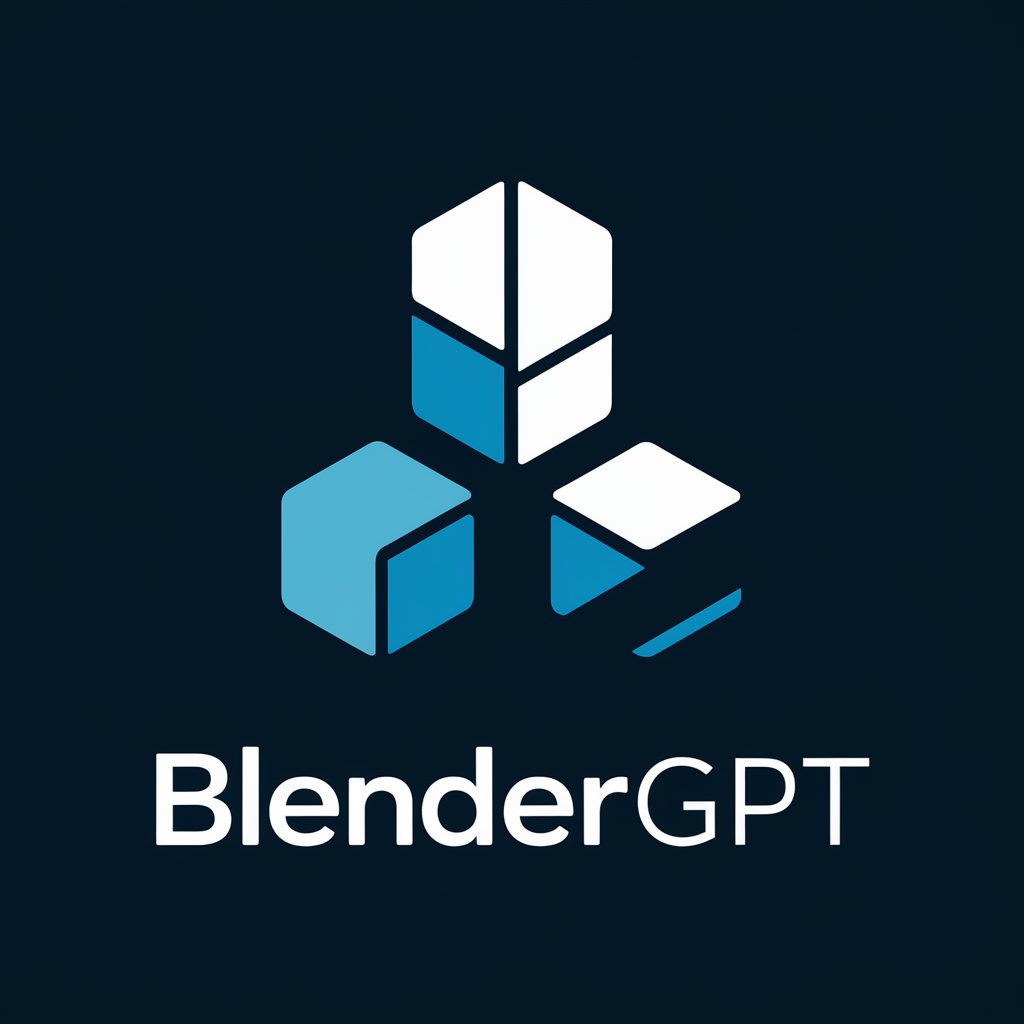
PC Bud
Tailoring Your Dream PC with AI
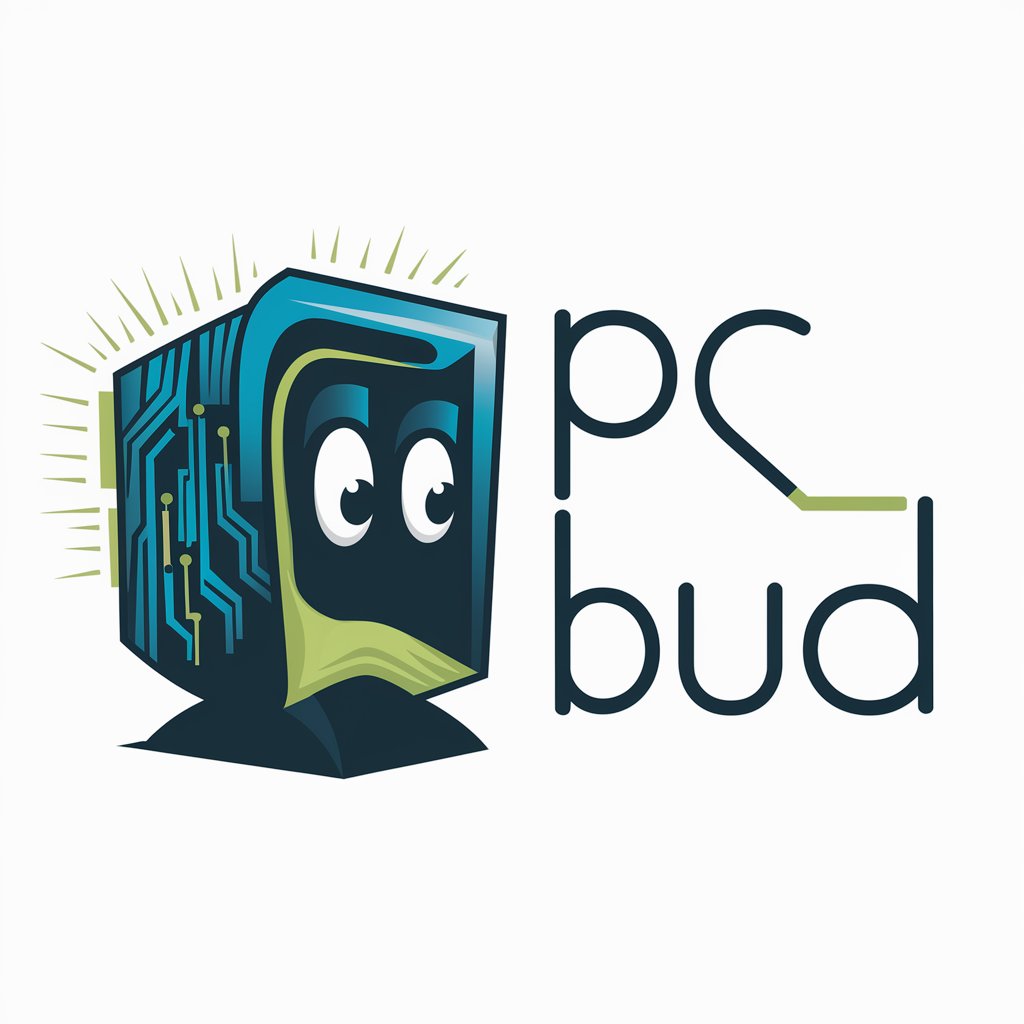
Blender Professional
Empowering Creativity with AI
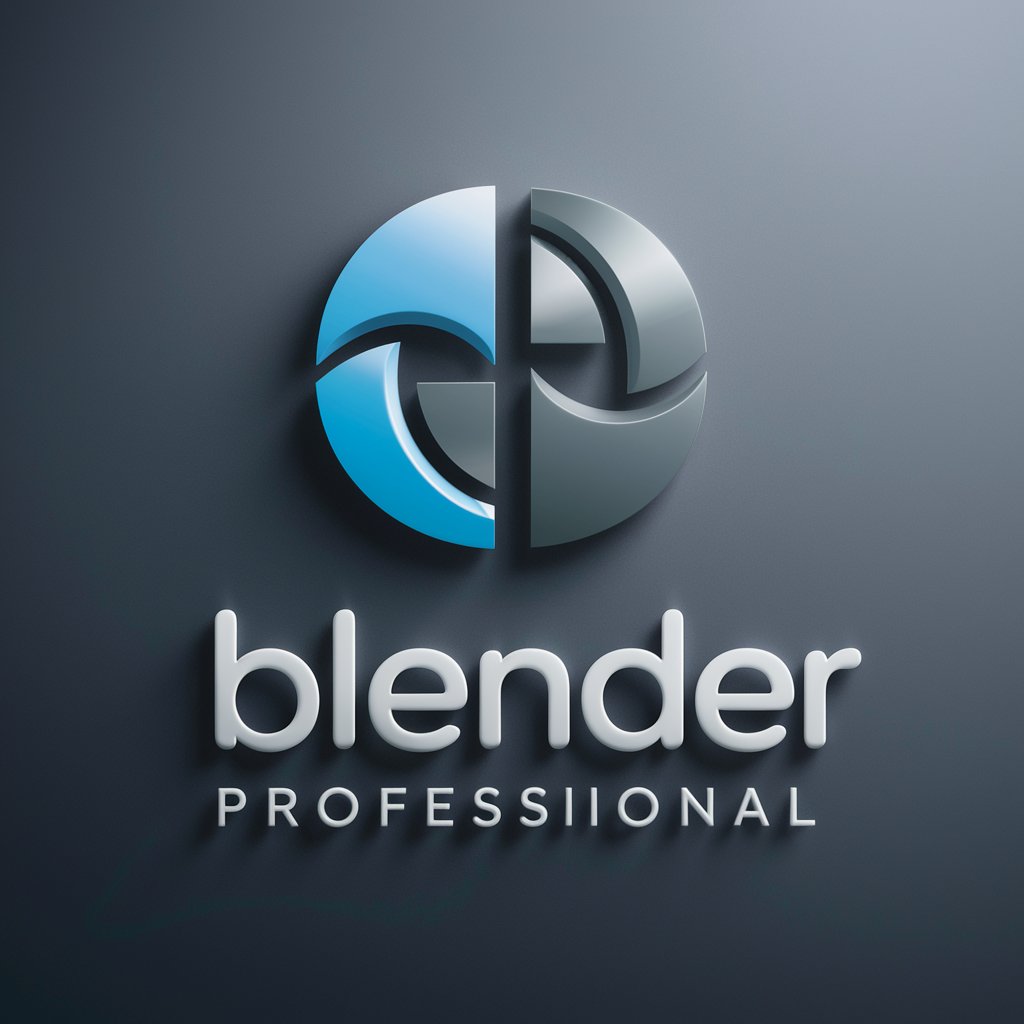
Key Attributes of Rendering GPTs
AI GPTs for Rendering boast a diverse set of capabilities, from generating high-quality images based on textual descriptions to providing technical support and tutorials for complex rendering techniques. They can adapt to various levels of complexity, catering to both basic and advanced rendering needs. Special features include natural language understanding for processing rendering instructions, the ability to generate or modify images with precision, and support for data analysis in optimizing rendering processes. These GPTs stand out for their versatility in handling different rendering styles and techniques, making them a powerful tool in the field of digital graphics.
Who Benefits from Rendering GPTs
Rendering GPTs are designed to cater to a wide audience, including beginners seeking to understand the basics of rendering, developers integrating advanced rendering features into their applications, and professionals in the fields of graphic design, animation, and game development. These tools offer an accessible entry point for novices without coding skills while providing extensive customization and automation options for experts, thus serving a broad spectrum of users.
Try Our other AI GPTs tools for Free
Constitutional Law
Discover how AI GPTs for Constitutional Law revolutionize legal research and analysis, offering tailored, accessible solutions for professionals and enthusiasts alike.
Cryptocurrency Forecast
Explore cutting-edge AI GPTs for Cryptocurrency Forecast, offering tailored, data-driven market insights to inform your investment decisions. Ideal for both novices and experts.
Commodity Insights
Discover AI GPT tools for Commodity Insights, your gateway to advanced market predictions, data analysis, and tailored advice for informed trading and investment decisions.
Monthly Review
Discover how AI GPTs for Monthly Review can transform your reporting processes with advanced analytics, natural language processing, and customizable features, all designed to streamline and enhance your monthly evaluations.
Goal Adjustment
Discover how AI GPTs for Goal Adjustment can transform your approach to setting, tracking, and achieving your personal and professional goals.
Automotive Technology
Discover how AI GPTs are driving innovation in the automotive industry, offering solutions from diagnostics to customer engagement with unparalleled efficiency and insight.
Expanding Horizons with Rendering GPTs
Rendering GPTs offer a revolutionary approach to digital graphics, enabling users to create more with less effort. Their ability to integrate with existing systems, coupled with user-friendly interfaces, makes them an ideal choice for enhancing workflows in various sectors. As these tools continue to evolve, they promise to unlock new creative possibilities and efficiency gains in rendering tasks.
Frequently Asked Questions
What exactly can AI GPTs for Rendering do?
AI GPTs for Rendering can generate images, provide rendering advice, automate aspects of the rendering process, and offer technical support for complex rendering tasks.
Are these tools suitable for beginners?
Yes, they are designed with user-friendly interfaces that make them accessible to beginners, while also offering advanced features for experienced users.
Can I integrate a Rendering GPT with my existing software?
Many Rendering GPTs offer APIs and customization options that allow for integration with existing software and workflows.
Do these tools support 3D rendering?
Yes, several Rendering GPTs are equipped to handle both 2D and 3D rendering tasks, offering support for various 3D modeling and animation projects.
How do these tools understand complex rendering instructions?
Rendering GPTs use natural language processing to interpret and execute detailed rendering instructions, making them highly adaptable to user needs.
Can Rendering GPTs help improve the quality of my renders?
Absolutely, by leveraging AI algorithms, these tools can suggest optimizations and techniques to enhance the visual quality and efficiency of your renders.
Are there any limitations to what Rendering GPTs can do?
While highly versatile, these tools may have limitations based on their training data and the complexity of certain rendering tasks. However, continuous updates and improvements are expanding their capabilities.
Is there community support or resources available for these tools?
Yes, many Rendering GPTs have active communities and extensive documentation, providing tutorials, forums, and additional resources for users.